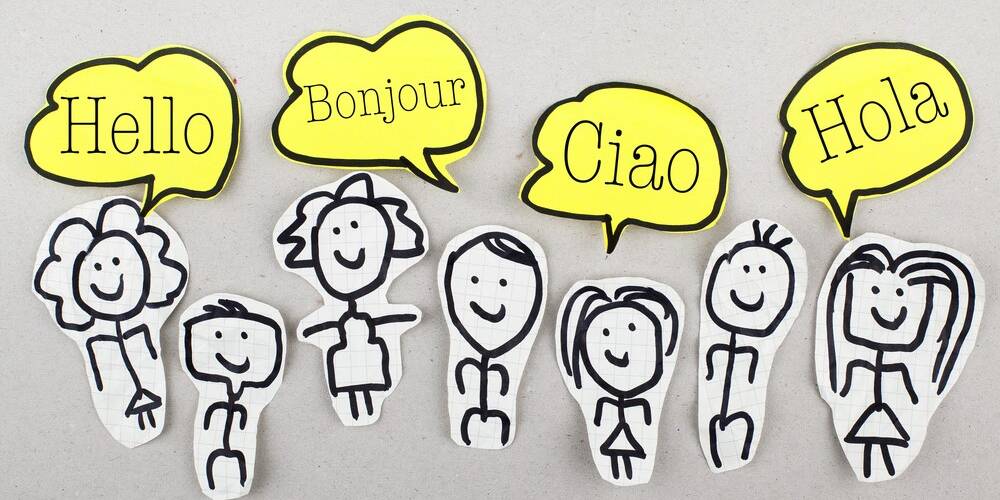Charities need more than good intentions to thrive. They must be run not unlike businesses, with savvy minds innovating behind the scenes.
Part of that innovation is only possible through collaboration. As charities try to rally more people to their cause, the expertise of others can give them platforms and insights they may not have been able to achieve alone.
Unfortunately, mid-2020 saw charities in the UK struggle with financial losses. It’s hard to imagine this situation has improved in the two years since, with many people affected by the cost-of-living crisis.
Still, some people will endeavour to give generously even when the chips are down in their own lives. It’s vital that charities can reach those who need it most. The only way to do that is by building your exposure through teamwork. Below are some useful sources to help you do that.
Influencers and Celebrities
Public figures can be somewhat controversial. Even famous faces that seem well-loved amongst the masses have their fair share of ‘haters.’
Charities work with influencers and celebrities to spread the word about their cause, but extreme caution is needed when doing this. If these prolific individuals have courted controversy, their presence in a charity campaign can be polarising and drive people away from the organisation. At best, it is a distraction from the charity’s cause and still hardly ideal.
More responsible charities will do background checks on influencers and celebrities. Ideally, they will only collaborate with someone who is already a prolific philanthropist. They may also move away from paying these individuals to avoid questions about ethical spending. These threads do not always come together, but the best charities will try to secure famous mouthpieces that are happy to drop a line or two in an online video.
Video Production Specialists
People browsing the internet aren’t searching for long paragraphs of text on anything, even charitable endeavours. For better or worse, convenience is always king online, and charities must understand that.
Therefore, advertising materials must have a visual and video element. This content can be consumed immediately, helping to draw people in and boosting engagement — especially if it is of high quality. Design, animation and editing can lend credibility to a charity if they are immaculate.
Of course, not every charity has the in-house talent to create a wonderful piece of art. Consequently, these organisations are highly likely to collaborate with full-service studios that uphold the finest charity video production quality. Digital Finch is a good example of what charities look for, as they help with everything from motion design to branding for clients worldwide. They are committed to helping your cause.
Well-Meaning Journalists
Charities need to have a solid online presence. However, the publicity around them must be positive and honest, accurately reflecting their activities.
Sadly, misleading information can spread like wildfire on the internet. Not even charities are immune from lies and slander. After all, few people these days avoid the online world.
Charities must work with journalists that are actively interested in reporting on their cause. Some organisations can help send positive ripples through the world. In an age where a constant influx of bad news is ever-present, some brighter news would no doubt be welcome. People want to believe positive change is around the corner, and charities can work towards that publicly.
Going local may also increase the likelihood of charities receiving positive press. These media professionals may go out of their way to speak proudly of their towns and self-starting community members. Even if charities are concerned that focusing on local press will limit their exposure, readers of these editorials can still share these writings with their connections, eventually expanding the organisation’s reach.
Local Companies
Non-profits may be interested in collaborating with businesses in various ways. This way, mutually beneficial relationships can be formed.
For example, a charity and a business may agree to:
- Set up donation areas on business premises.
- Agree on a group volunteer schedule for company staff.
- Teamwork on fundraising and sponsorship events hosted on the firm’s premises.
- Share office space to minimise overhead costs.
There are options here that any charity and business would be lucky to explore. Finding common ground and sharing important values can embolden organisations of every variety. Companies can improve their image, and this positive publicity is shared with the charity they’re working with.
In the end, charities potentially have the resources and assets of the finest entrepreneurs at their disposal. These working relationships can always run deeper and last a very long time. The best charities are very keen to nurture them.
Conclusion
There is only so much a charity can do to build its exposure alone. Often, those who provide the most help have difficulty accepting it themselves. By utilising various available support to build their exposure, charities can simultaneously integrate themselves into their real-world and online communities.




